With this spring likely to be the most anticipated in living memory, the National Trust is inviting people wherever they live to emulate Japan’s Hanami – the ancient tradition of viewing and celebrating blossom – with its #BlossomWatch campaign
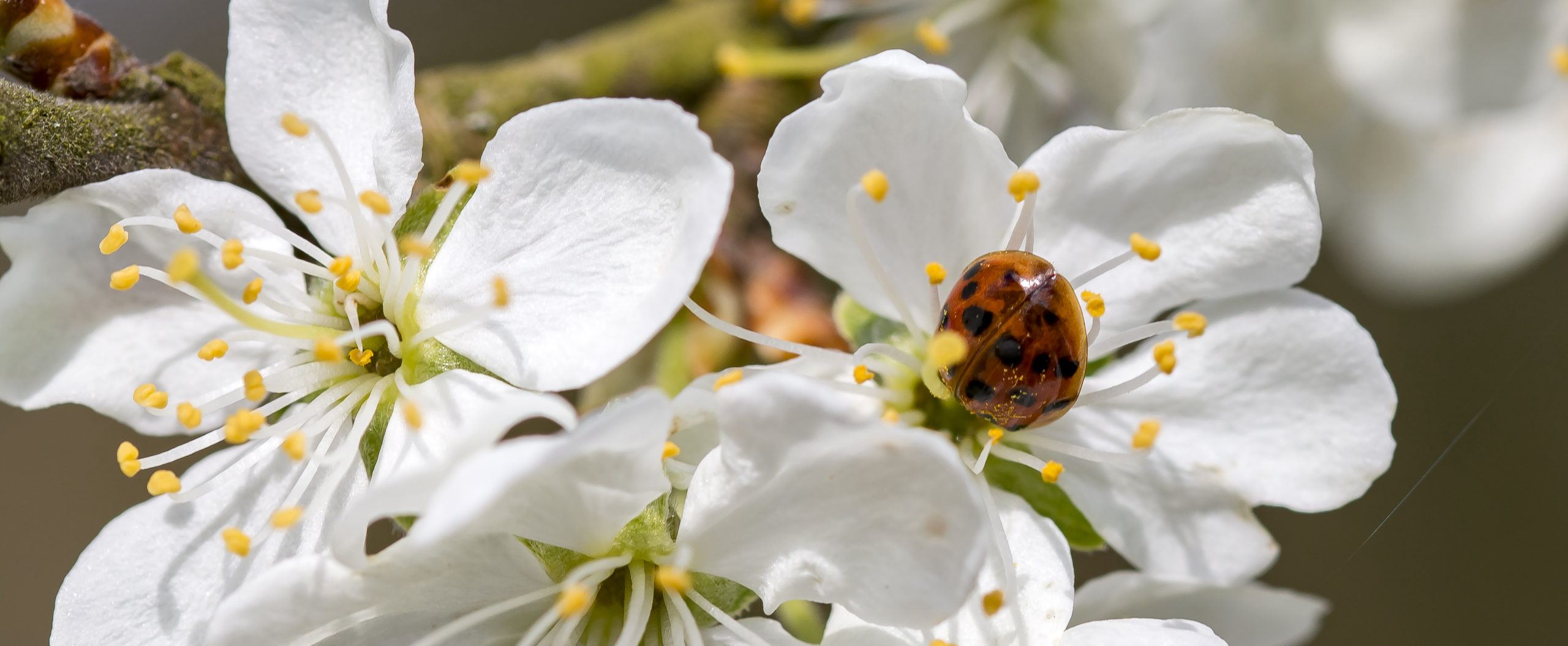
Blossom at Grey’s Court, cared for by the National Trust © Hugh Mothersole
The Trust piloted #BlossomWatch last year when the UK had just entered lockdown. And, with thousands capturing and sharing images of trees in bloom across social media platforms, and four million views in the first two weeks, the Trust is now making it an annual tradition, asking people to share the joy and hope that the sight of blush-tinted blooms will bring to help lift spirits and enable everyone to celebrate nature together.
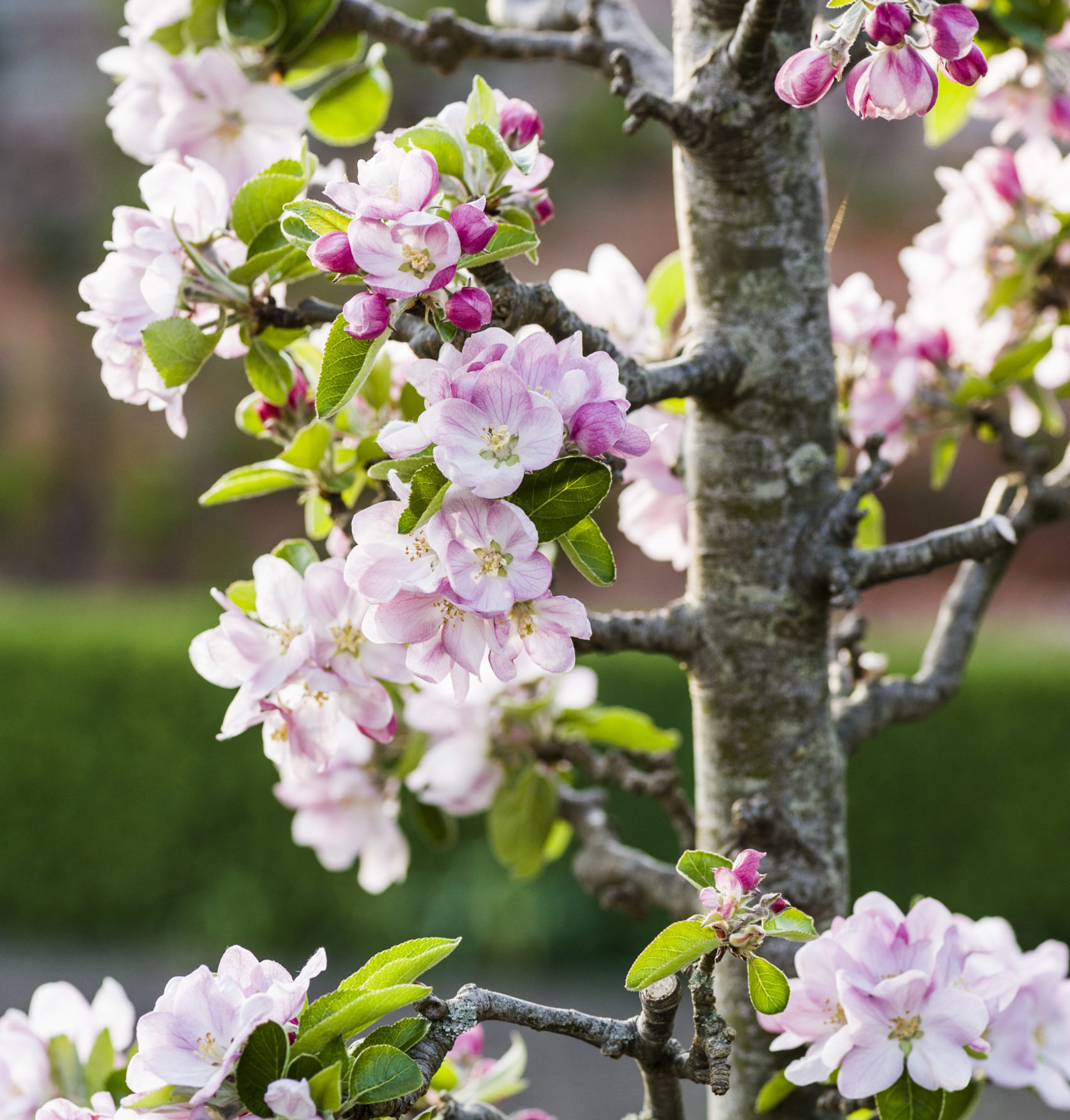
Apple blossom in Courts Garden. © NT Images & Carole Drake
A growing body of evidence suggests that moments each day noticing nature are vital for wellbeing and building a closer connection with nature, and further evidence also suggests that people derive many of the benefits from online engagement. Therefore, the Trust is asking people to celebrate blossom, to “turn social media pink, white and green” over the coming weeks, to mark one of “nature’s greatest spectacles.” Findings in a recent poll, commissioned by the National Trust, revealed that over a third of adults said that compared to the first lockdown, that they were more aware of the changing seasons. And, nearly half of adults said they have found this lockdown harder than the first, giving a heightened sense of anticipation for this coming spring.
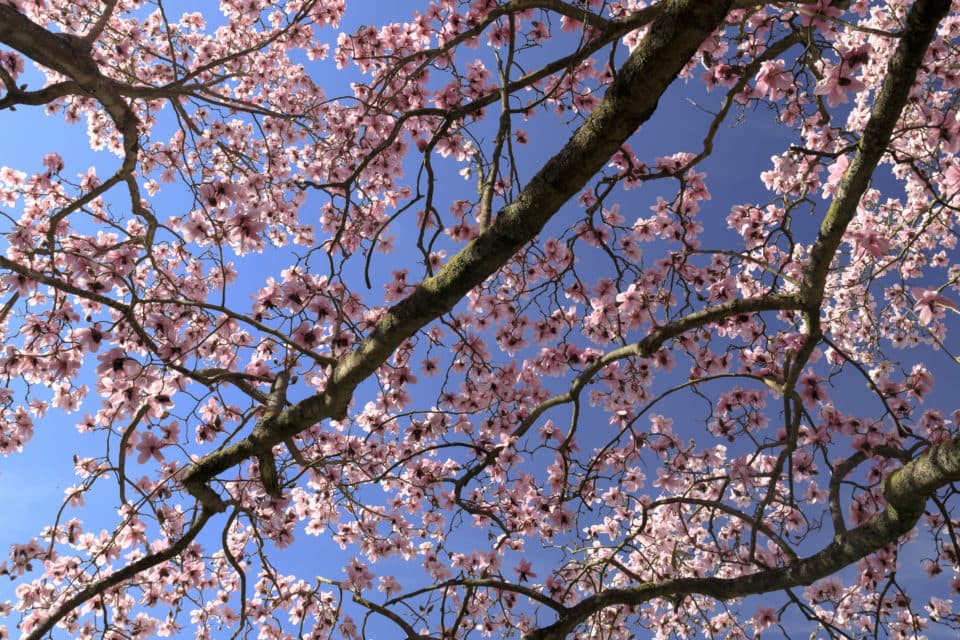
Magnolia tree in the walled garden at Nymans. © National Trust Images & John Miller
Nature and time outdoors has continued to be the salvation for many during the recent lockdown, despite it being winter. Over two thirds of all adults either agreed or strongly agreed that spending time noticing nature around them has made them feel happier in this current lockdown.
The National Trust has called for a “green recovery” from the pandemic, and says that planners, policy-makers and NGOs must seize on the opportunity of increased nature connection across the population, given its proven links to people’s health and wellbeing, as the nation starts to resume pre-pandemic habits and lifestyles.
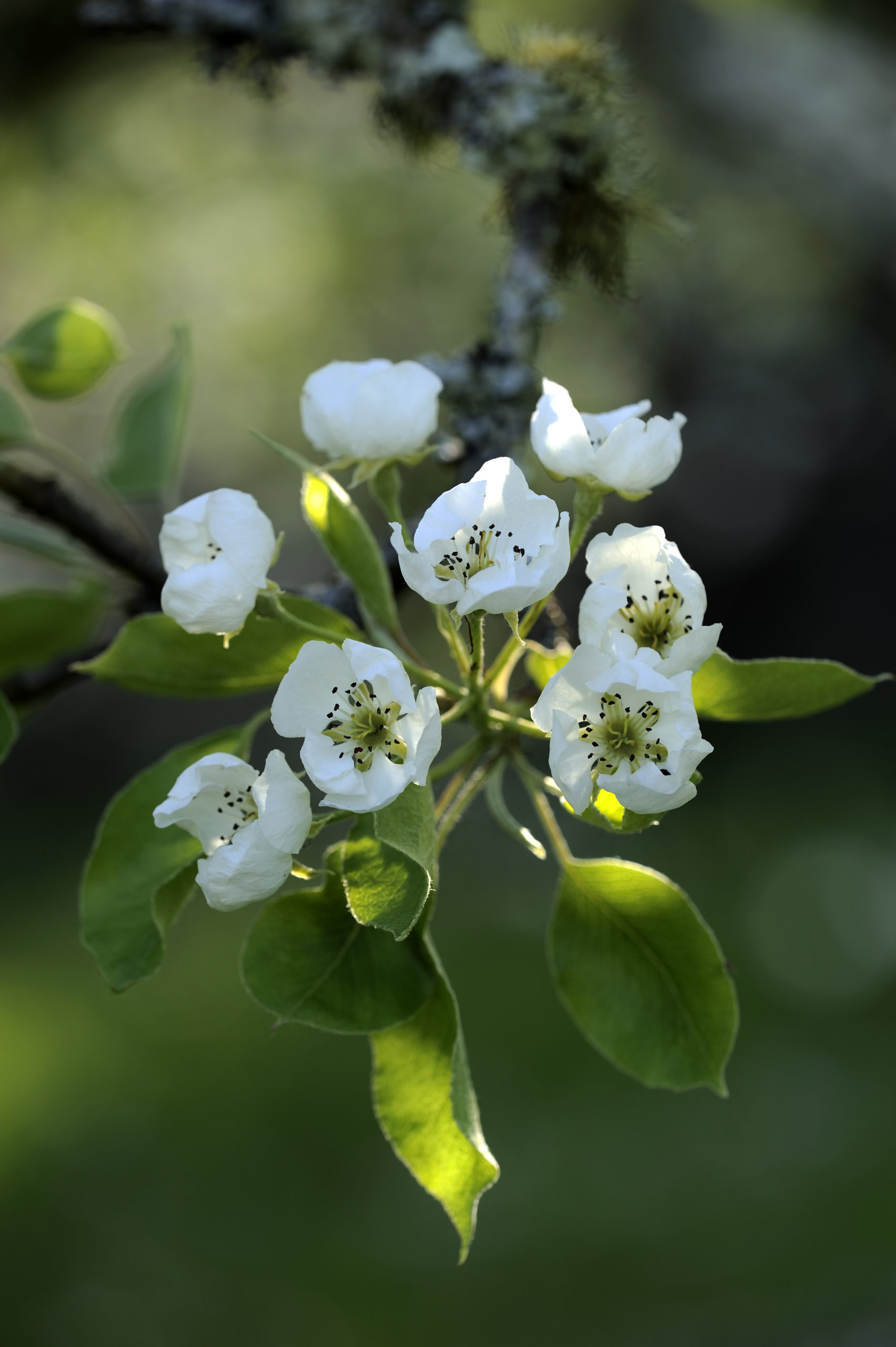
Pear blossom at Cotehele in Cornwall. © NT Images & Ross Hoddinott
Simon Toomer, plant conservation specialist at the National Trust said: “Blossom watching is a simple pleasure that can help lift our spirits over the next few months. It can be seen on city streets, in gardens, public parks, throughout the countryside and even out of the window, for some lucky people.
“Our recent poll revealed a massive boost in people’s everyday connection with nature since lockdowns began. And that blossom is the aspect of nature adults are most likely to stop and notice, after the sight of a sunset, the feeling of sun on your face and birdsong. It is also the fourth most likely natural event adults would view and share on social media, alongside sunsets, sunrises and the seas, rivers, and streams.”
“Hedgerow blossom typically kicks off the season with the tiny white, frothy blackthorn flowers crisscrossing the countryside before tree blossom like magnolias start to unfurl and the many varieties of delicately coloured fruit tree blossom take it in turns to bloom – from plum and damson to cherry and apple – before the finale of the white hawthorn coming into flower in May.
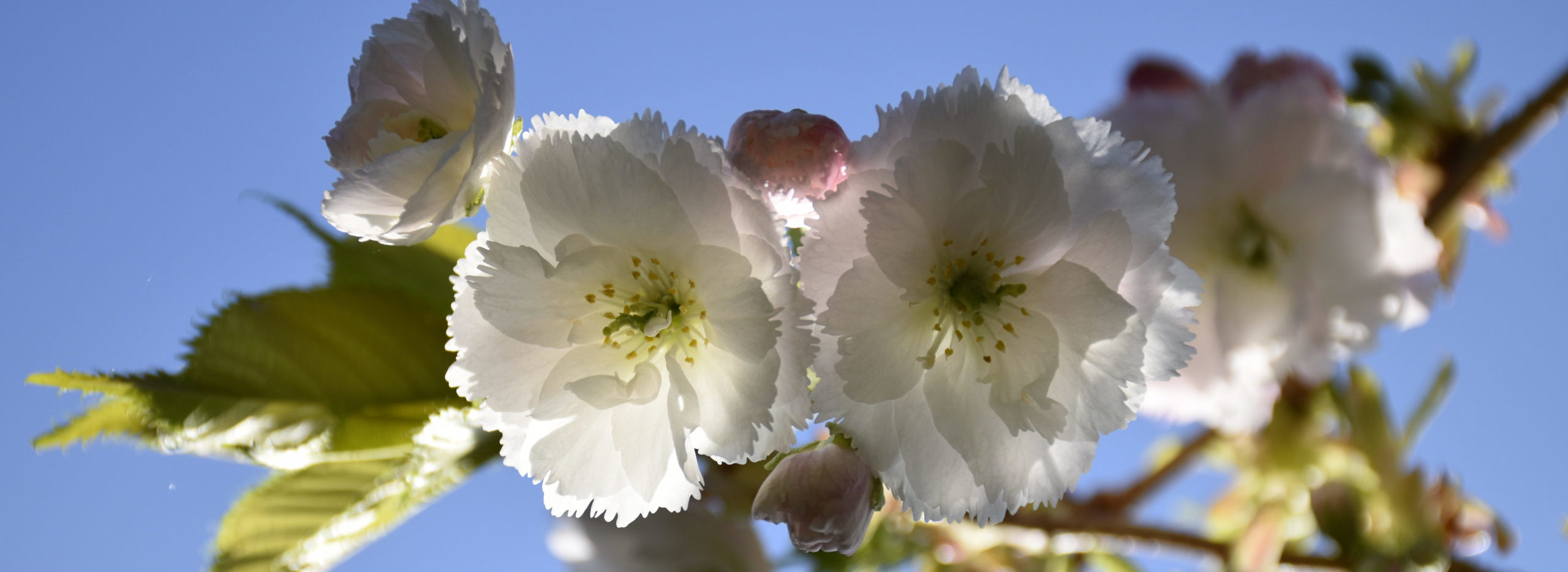
Cherry blossom at Trelissick in Cornwall. © NT Images & Juliet Turner
“The warm weather we experienced a couple of weeks ago brought on quite a lot of blossom but it’s still early. Very cold winter weather itself doesn’t affect displays too much as the flower buds were formed at the end of the last growing season. The biggest danger for more tender plants like magnolia is that late cold snaps can damage the flowers as they emerge.”

Cherry blossom at Wimpole. © NT Images & Catherine Hayburn
Building on studies into the links between nature and wellbeing, the University of Derby’s Professor Miles Richardson’s latest research with the National Trust, published in the International Journal of Wellbeing, shows that it’s not the amount of time that is spent in nature that makes the biggest difference, but moments can make a real difference to feelings of wellbeing, along with simple activities.
“Moments in nature can help people recover from the stresses and strains of the pandemic. When looking at how time, connection and noticing explain wellbeing, simply tuning into and having a close relationship with nature explained around 40% of levels of wellbeing, whereas time in nature alone explained 1%.
“There’s a need for greater public understanding that a close connection with nature is a key component of a worthwhile life, a sustainable life – a good life.”
With 15 million people in Great Britain living in ‘grey’ urban neighbourhoods with poor access to quality green spaces and 83% of people living in urban areas in England – ensuring more communities have access to green space has become even more important.
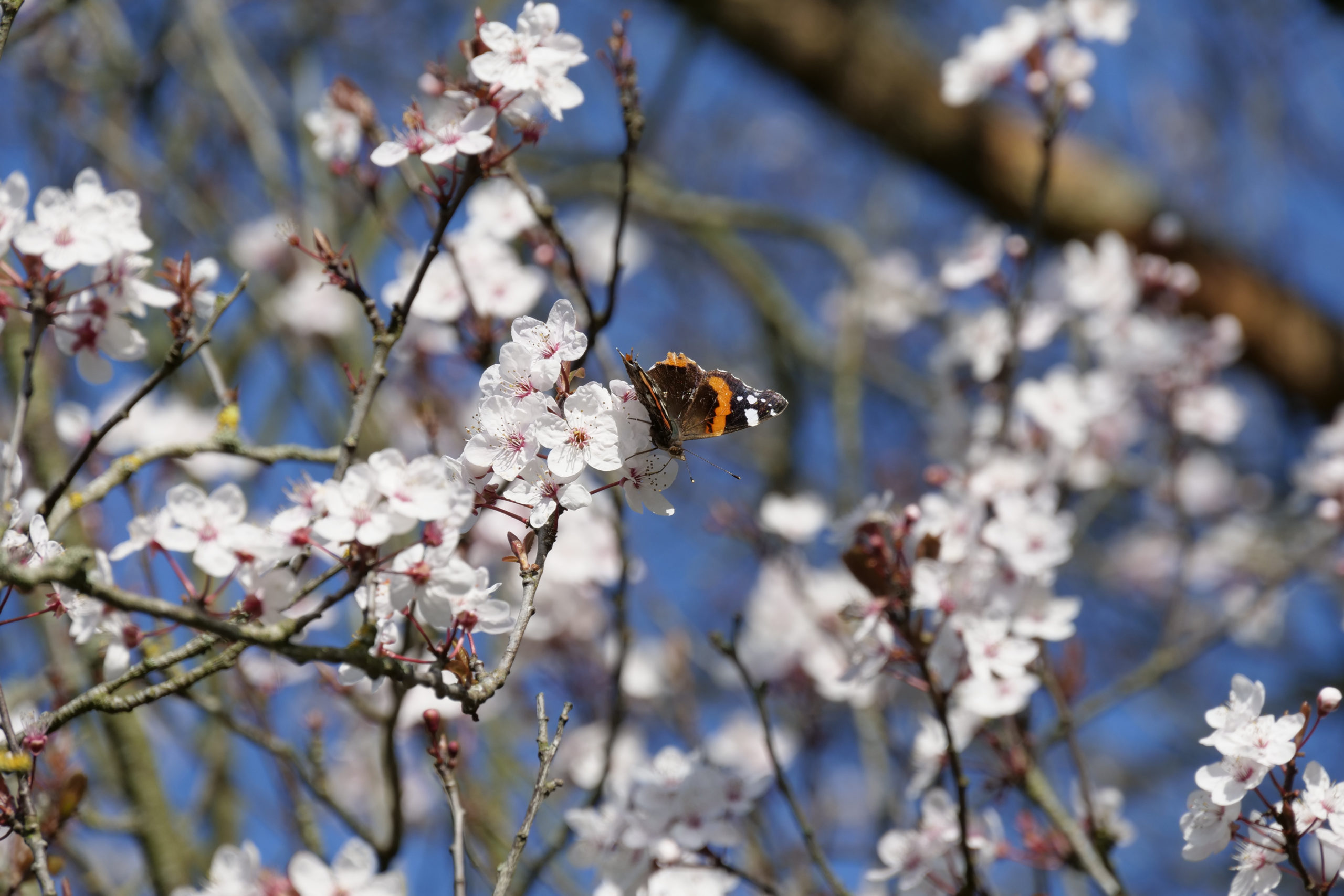
Red admiral on plum blossom at Tyntesfield. © NT Images & Alana Wright
The Trust is also aiming to do more to help redress the balance. Last month it announced its ambitions to help turn more grey areas green with its ambitions to plant dozens of blossom circles across England, Wales and Northern Ireland over the next five years.
Simon Toomer concluded: “Lockdown will make local enjoyment of blossom even more powerful this spring, because blossom is nature’s reminder that life and renewal are returning, and that there is fresh hope for people’s lives as we emerge from the worst impacts of the pandemic.
“So we urge everyone to get outdoors, safely enjoy the blossom where they live, and share their experiences with others.”
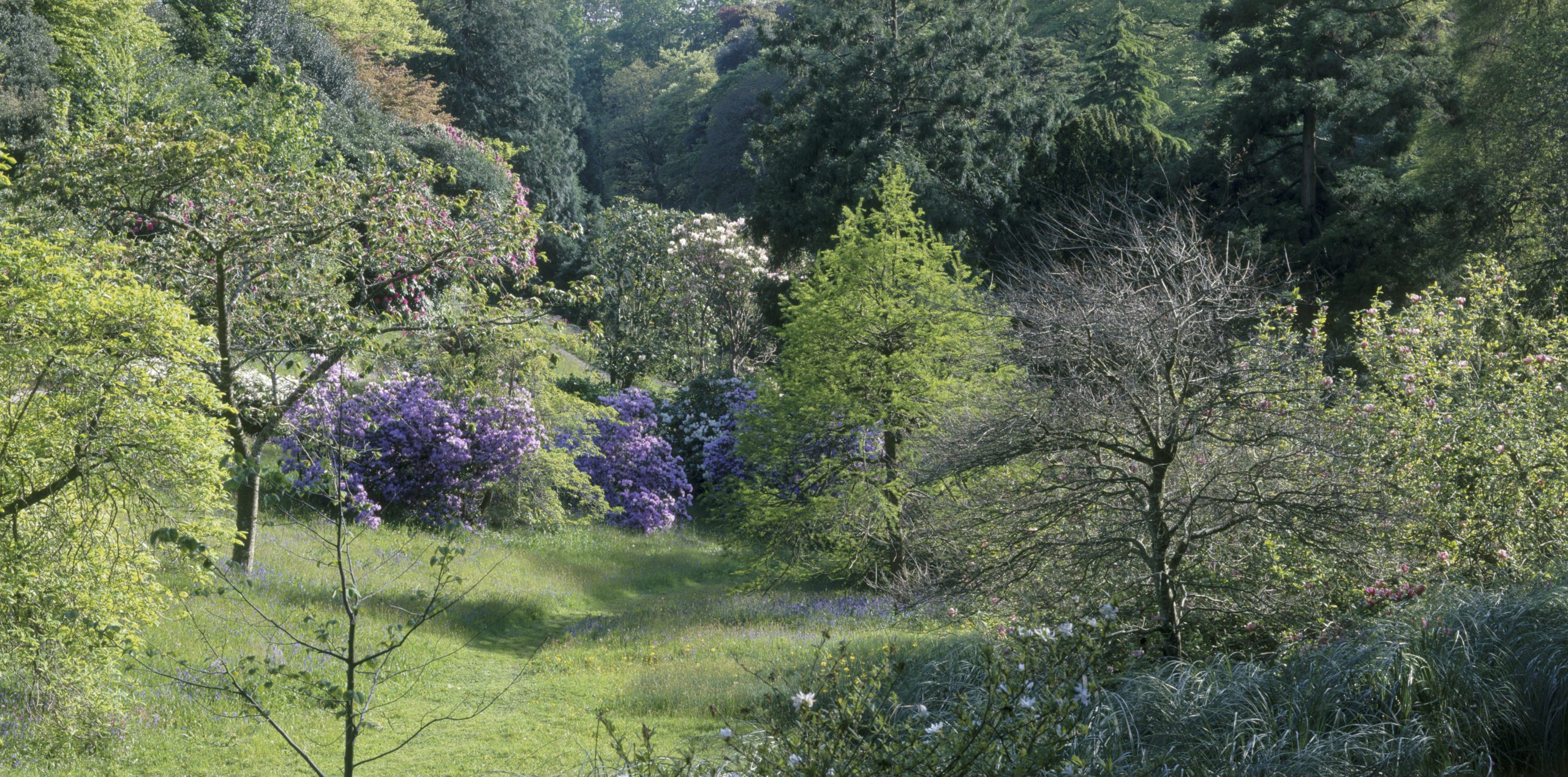
Early spring blossom at Glendurgan in Cornwall. © Hilary Daniel & NTI
To get involved simply take and share imagery using #BlossomWatch.



